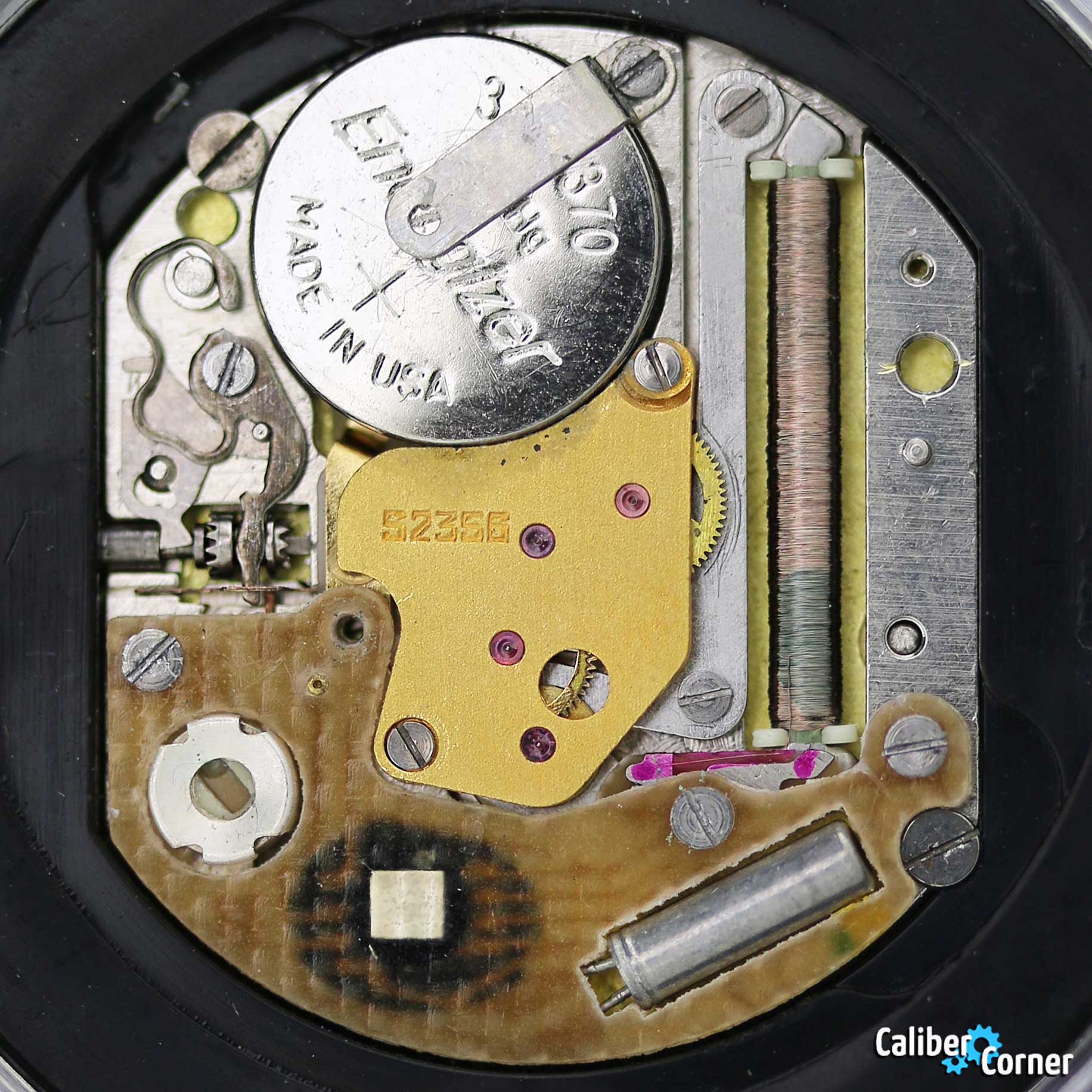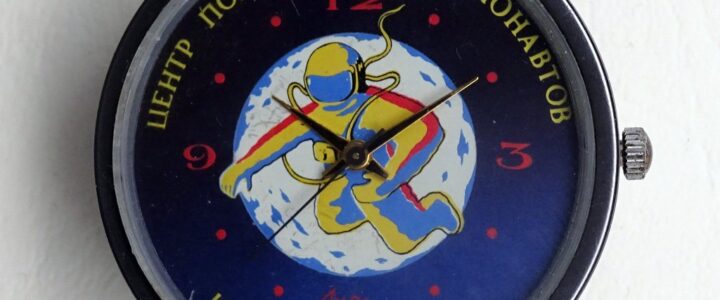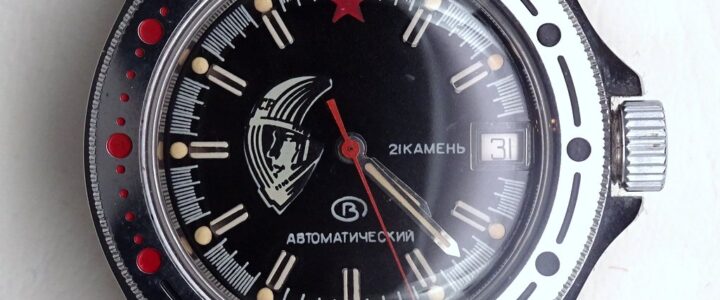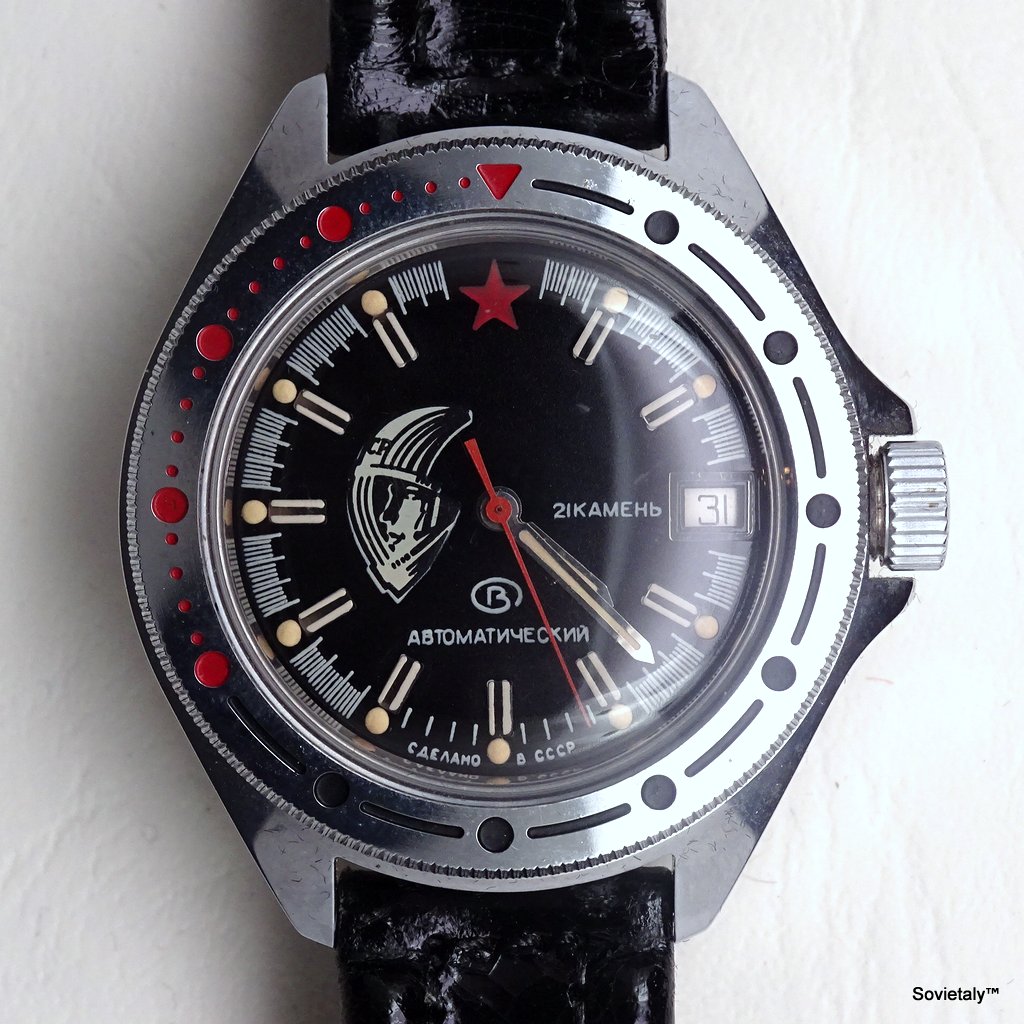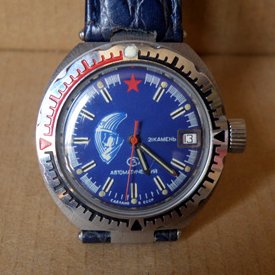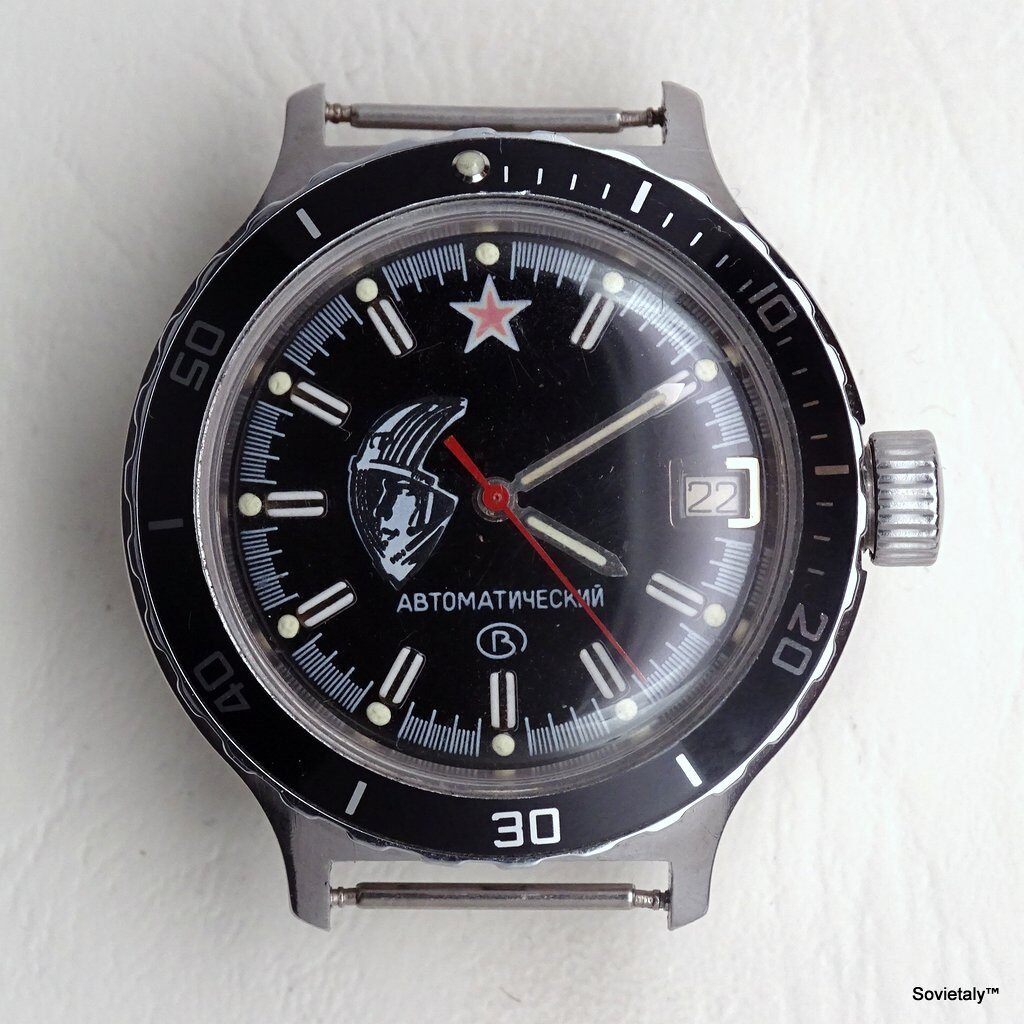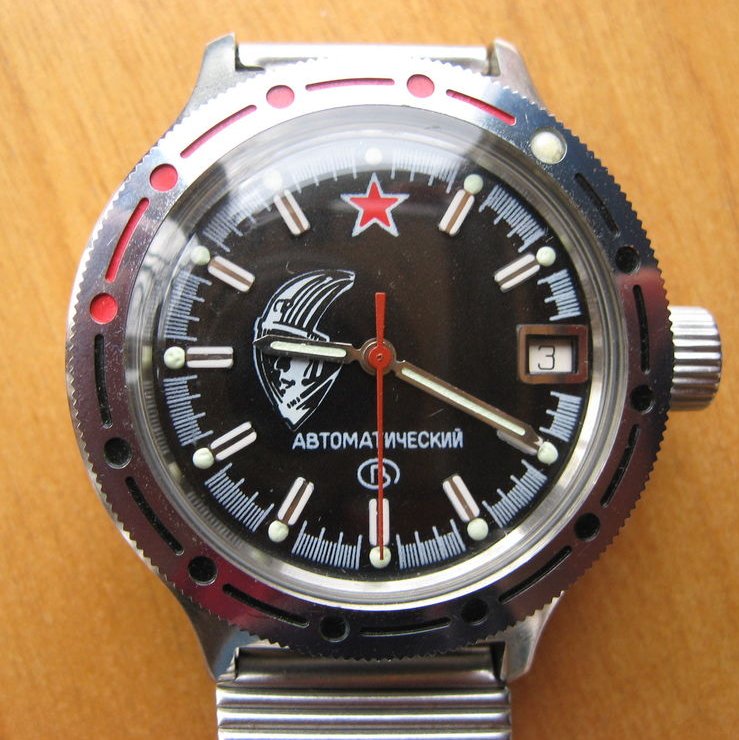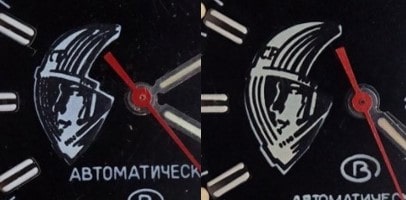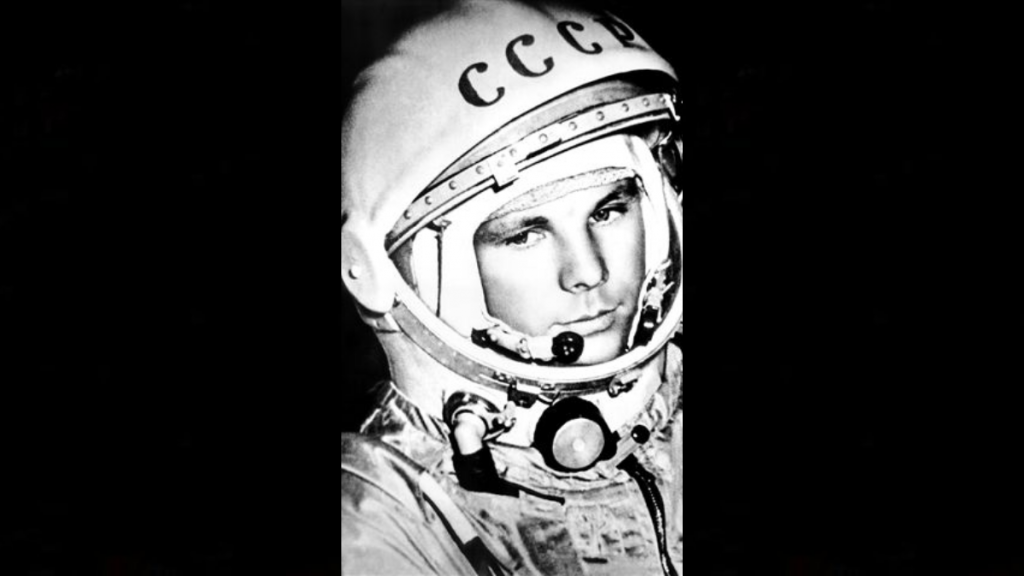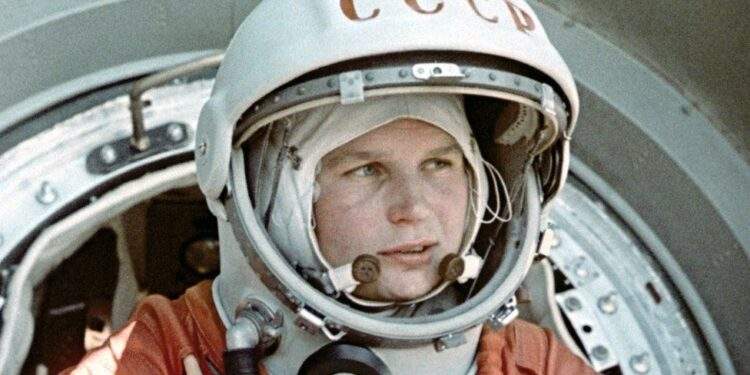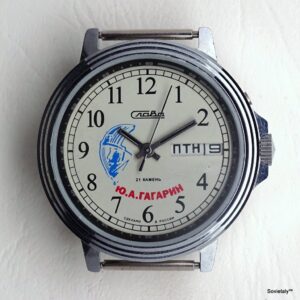Watch Description
The watch celebrating the Cosmonaut Training Center is a significant tribute to this fundamental institution for Soviet space exploration. The watch case is made of anodized brass, and the Luch brand is known for producing high-quality watches in Russian horology. The dial features an image that is believed to represent Alexei Leonov during his historic spacewalk. Other symbols include the inscription “Центр Подготовки Космонавтов” (Cosmonaut Training Center) and “Имени Ю. А. Гагарина” (Named after Yu. A. Gagarin).
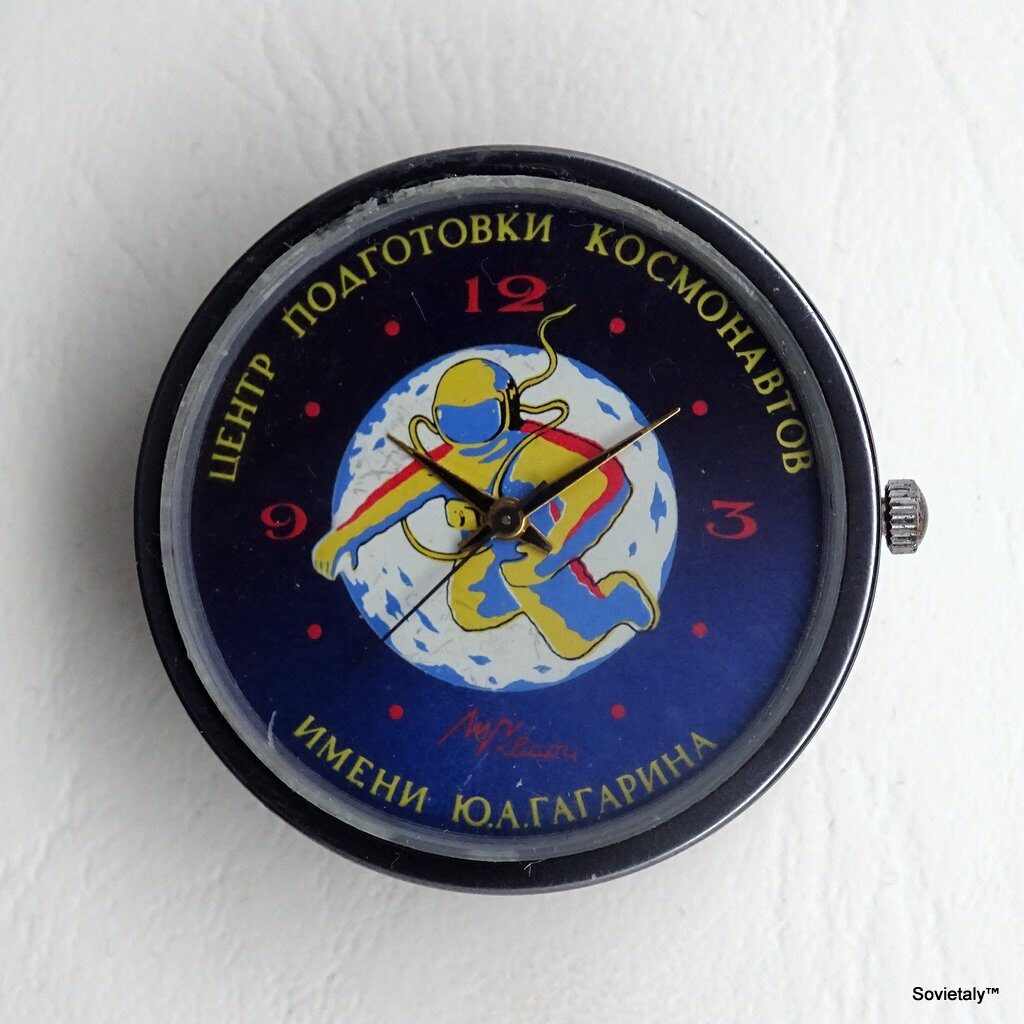
The Cosmonaut Training Center
The Cosmonaut Training Center, named after Yuri Gagarin after his death in 1968, was founded in the early 1960s in Star City, near Moscow. This center has been the hub of preparation for Soviet and Russian astronauts. From the beginning, it has seen iconic figures like Yuri Gagarin, the first man in space, and Alexei Leonov, the first to conduct a spacewalk.
The center was designed to provide comprehensive training to cosmonauts, including flight simulations, microgravity exercises, and intensive physical training. The center’s facilities include centrifuges to simulate gravitational forces during takeoff and landing, pools for extravehicular activity training, and spacecraft simulators.
The Cosmonaut Training Center played a crucial role during the space race, preparing cosmonauts for critical missions such as those of the Vostok, Voskhod, and Soyuz spacecraft. It has significantly contributed to the success of the Soviet space program and continues to be a pillar of Russian space training. For more information, visit RussianSpaceWeb.

Yuri Gagarin’s Achievement
Yuri Gagarin, the first man to orbit the Earth on April 12, 1961, made the Cosmonaut Training Center famous worldwide. Gagarin became a global symbol of courage and innovation, paving the way for future space missions and representing the pinnacle of technology and human aspiration. For more details, visit Wikipedia on Yuri Gagarin.

Alexei Leonov and the First Spacewalk
On March 18, 1965, Alexei Leonov conducted the first spacewalk, marking a milestone in space exploration. During the Voskhod 2 mission, Leonov exited the spacecraft for 12 minutes, facing the vacuum of space. His determination and courage are celebrated through the image on the watch dial. Leonov demonstrated that humans could operate outside the confines of the spacecraft. For detailed information on Leonov’s spacewalk, visit Space.com.
Luch Brand
Luch is a historic brand of Soviet horology, known for producing high-quality watches since 1953. The factory, located in Minsk, Belarus, maintained significant production throughout the Soviet era and continues to operate today, producing watches appreciated both nationally and internationally. For the full history of the Luch brand, visit Luch.by.
The Luch 2356 Caliber
The Luch 2356 caliber is a quartz movement known for its reliability and precision. This caliber has been used in various Russian watches, such as Chaika, Luch, Slava, Uglich, and Raketa. The Luch 2356 caliber uses a 371 battery, making it easy to maintain.
